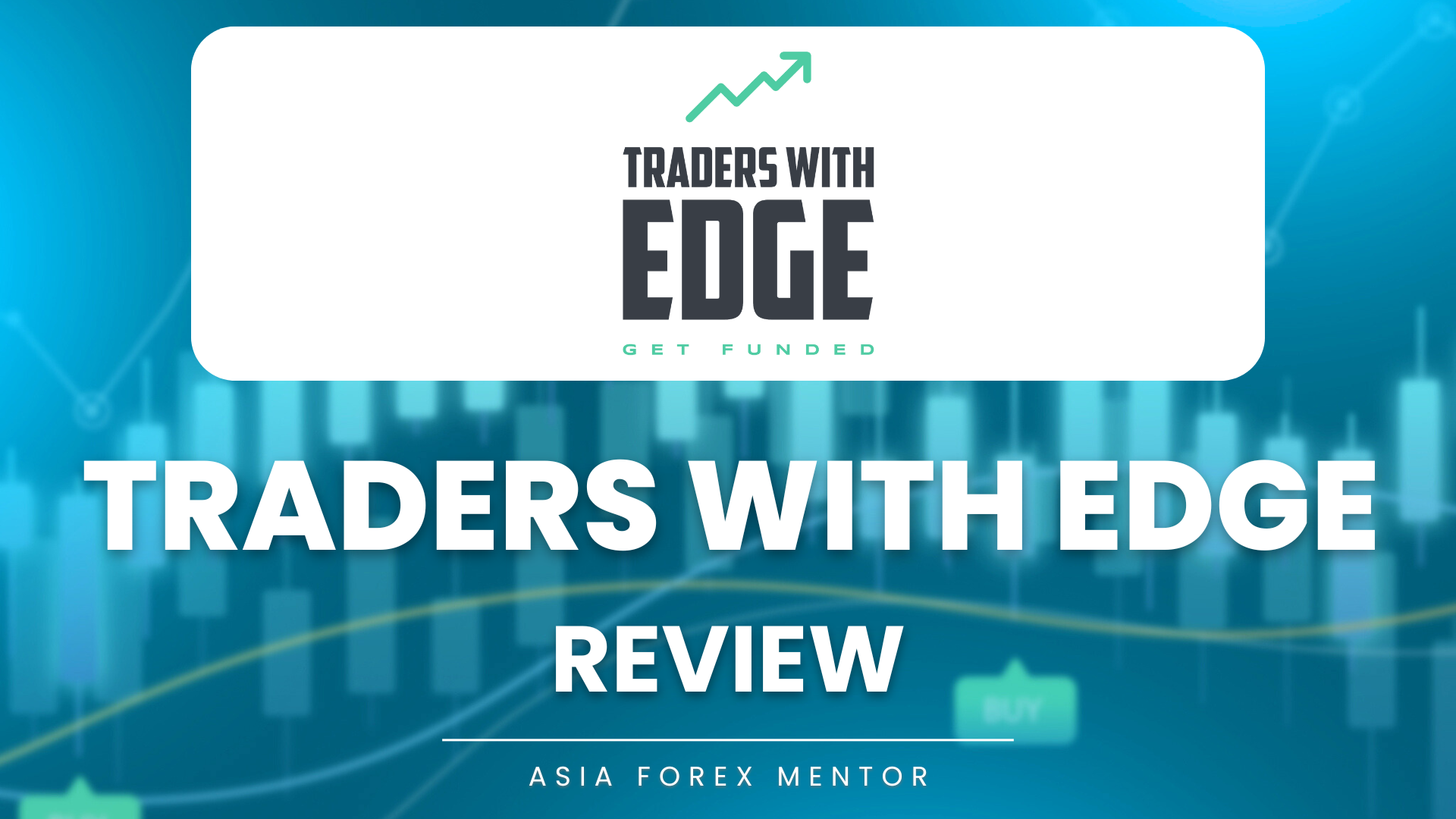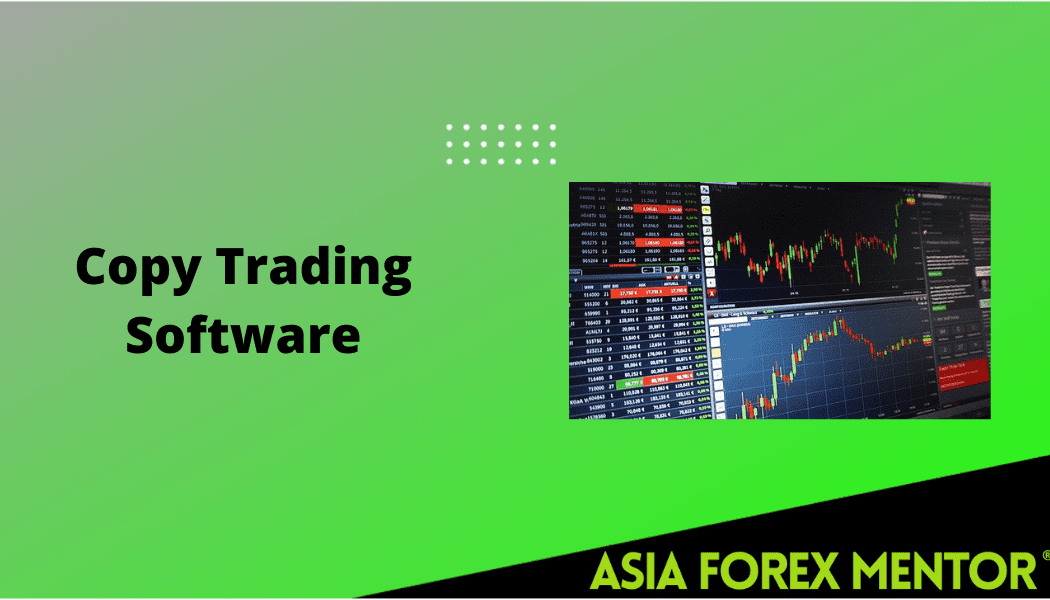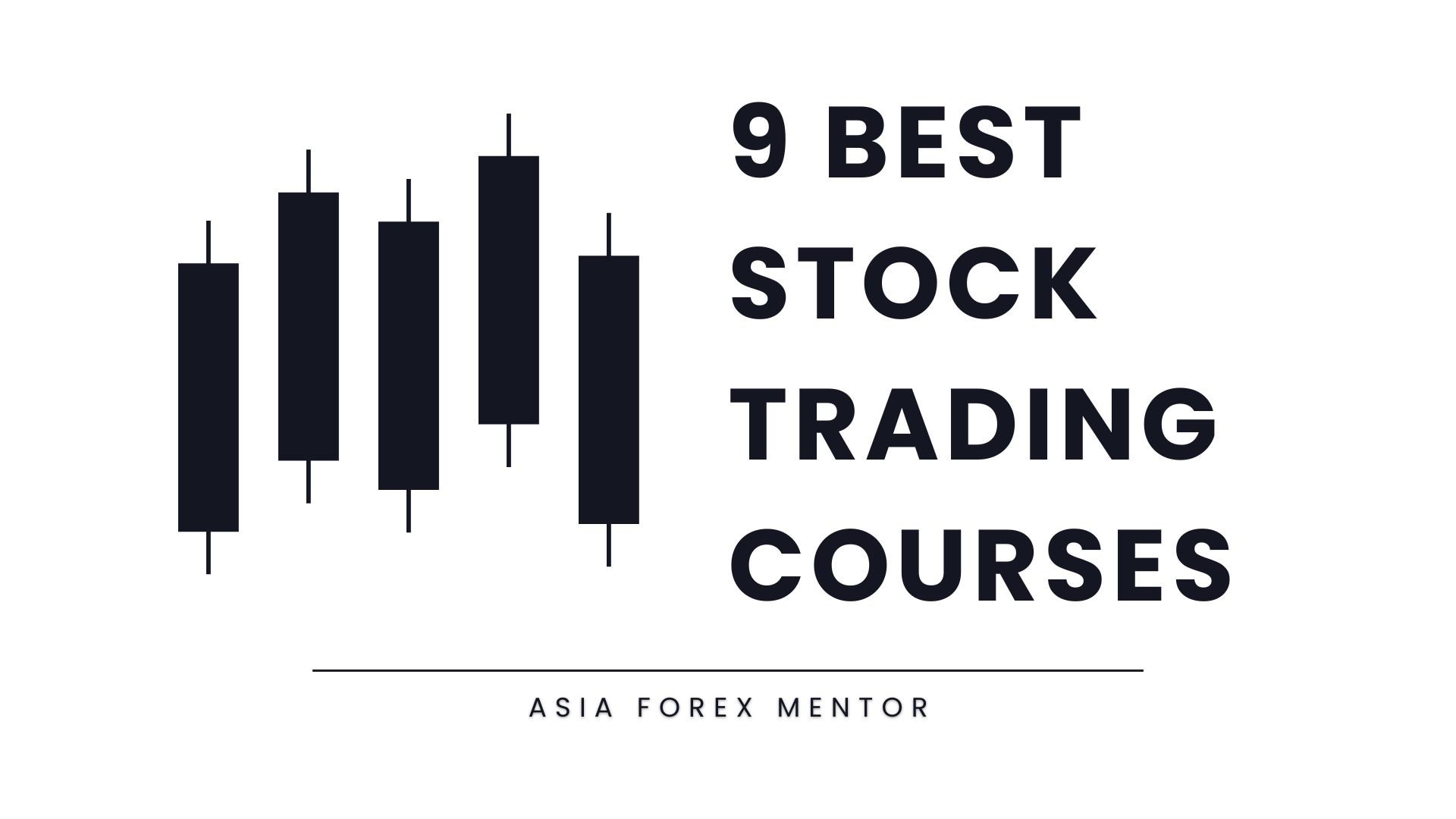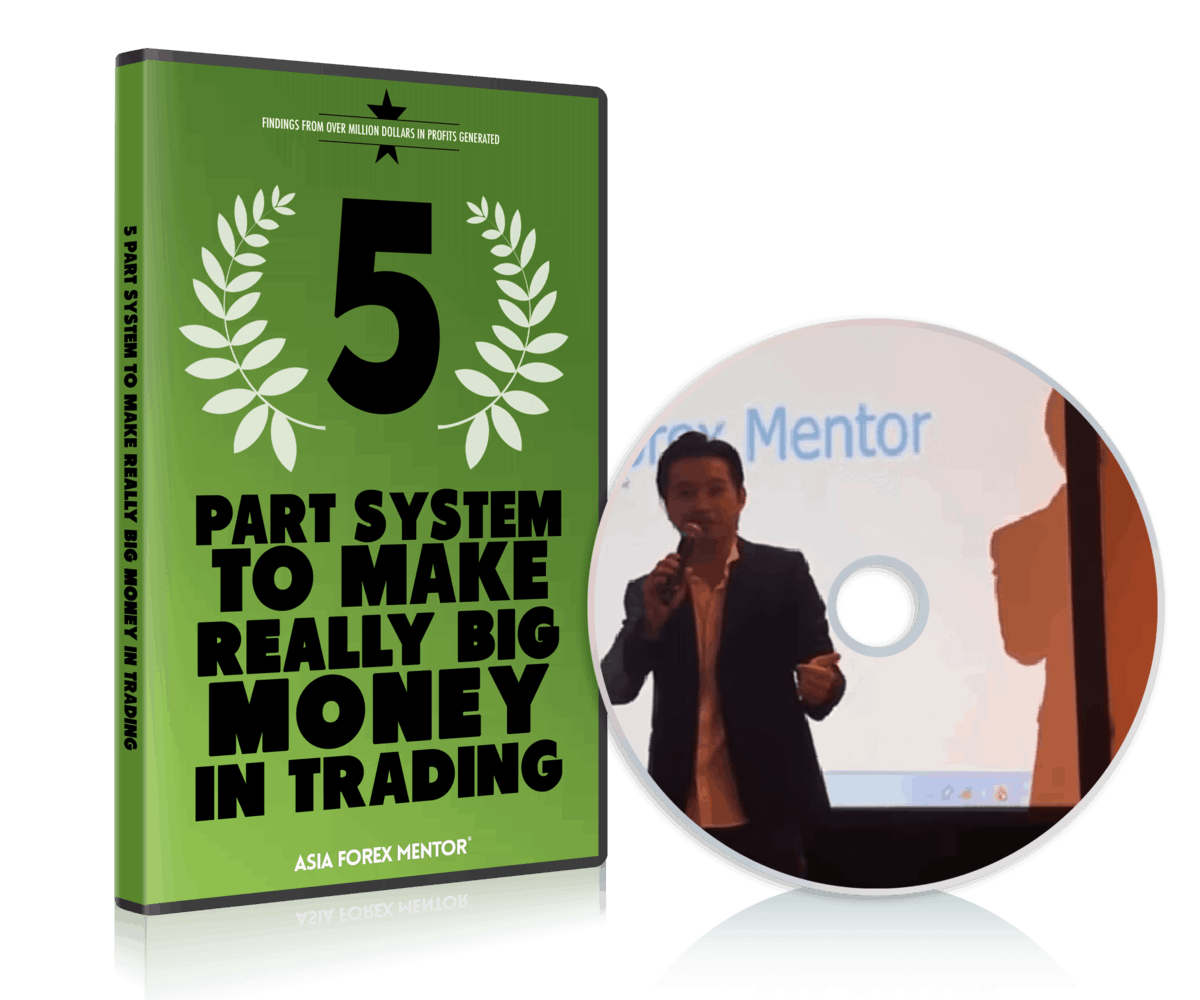
While trading forex, the stock market, or whatever financial market for that matter, it is important to have a trading edge. Regardless of your trading experience, whether you are a new trader just gaining momentum trading journey or you are a guru, having a trading edge will help ensure your profitability when compared to other traders. It will help guide your trading style, style, and decisions, therefore, acting as a tool for checking your progress.
However, despite this, many traders still do not know what a trading edge is and how it works. In this article, we will take you through what a trading edge is and how to create one for yourself. As a bonus, we have included a section of why it is important to have a trading edge, regardless of your trading style.
Also Read: Money Management Trading
Contents
- Trading Edge Explained
- Examples of Trading Edges
- How to Develop Your Trading Edge
- Closing Thoughts
- FAQs
Trading Edge Explained
Simply put, a trading edge is a specific strategy or approach to trading that is native and unique only to you that gives you an advantage over other market participants. Arguably, since the trading is diverse, it could also be unique to a few traders or a small group of traders that gives them an advantage over other traders in the market.
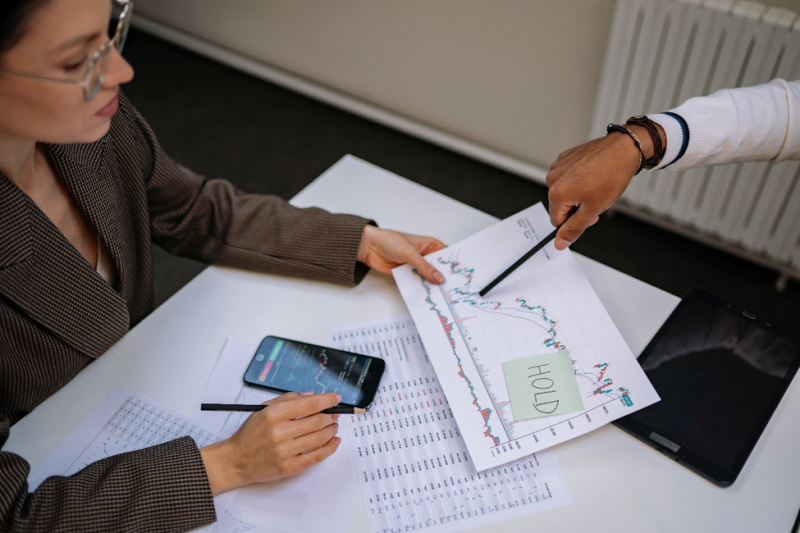
An edge could be a specific strategy, favorable risk-to-reward ratio, great market psychology, technical indicator, or simply an understanding of the markets from a unique perspective. It is something that ensures that you make more profits than losses in the long run.
Since there is too much literature and educational content out there regarding trading strategies, techniques, indicators, and trading psychology, it is difficult for traders to come up with a unique approach. Those who do, however, have a much better chance of making a higher average profit and succeeding as traders.
To illustrate imagine trader A and trader B are both participants in foreign exchange. They are trading the EUR/GBP currency pair. Assume that both traders have read the same literature and material on how to trade the EUR/GBP pair.
However, while trading, trader A noticed that the currency pair behaves uniquely every last Friday of the month, maybe after economic releases. He realizes that on that specific day the price action behaves in a certain manner. He then learns how to speculate the price and direction of these moves.
This gives him an advantage and a higher chance of making a profit when compared to trader B. This advantage is what we are referring to as an edge. Most traders are like trader B who doesn’t know or have an edge.
Examples of Trading Edges
1. Trading Strategy
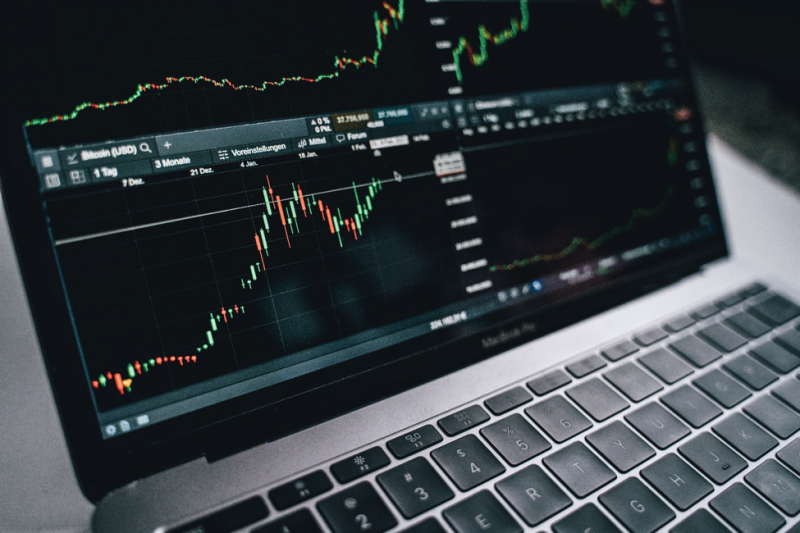
As mentioned above, a trading edge could be a unique trading strategy. For example, a trader may be able to combine two strategies thereby creating a new strategy. Imagine a situation where a trader can use an indicator such as a harmonic indicator together with a certain moving average while trading a certain currency, stock, or commodity. This gives the trader a better chance of success compared to traders who are using either the harmonic indicator or the specific moving average independently.
2. Market Psychology
Understanding market behavior could give you an advantage over other traders. A good number of traders know what market psychology is but they do not understand it. Understanding how the market moves especially after certain market events will enable you to trade from a better perspective while compared to other retail traders.
3. Technical Indicators
With a large number of technical indicators available for use by traders, it is impossible to understand all of them. If you were to understand just one indicator and realize that it works for a specific market under various conditions, this could be your trading edge. You could use this information to ensure you make profits in that specific trade setup and under those specific conditions.
4. Risk Management
A unique approach to how you manage risk could also be an edge over other retail investors. For example, as a day trader, you could realize that for a certain market, it is best to not use a stop loss but rather let the trade run uncontrolled or have a stop loss further away. While this may sound risky, you could have realized that the market behaves as speculated and makes huge moves but while using your preferred risk-to-reward ratio, the market always locks you out.
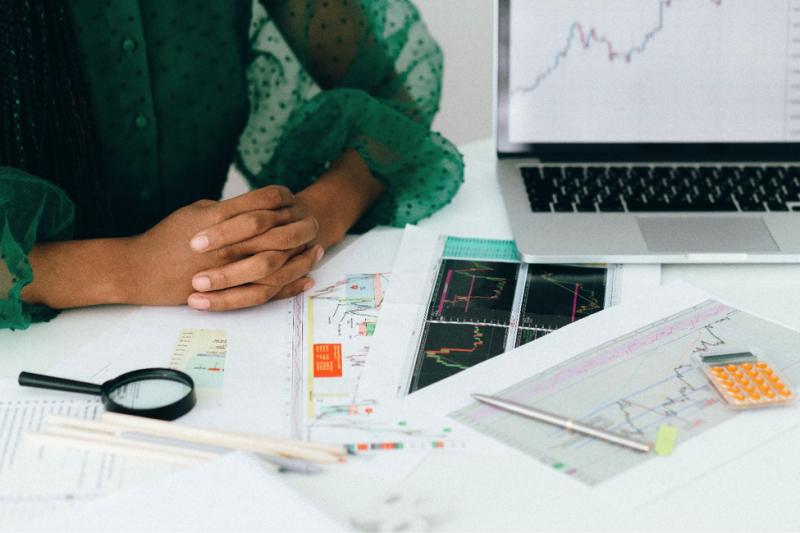
These are just a few examples of what trading edges could be. It could be anything in the broad and diverse world of financial trading that is unique to you and that gives you an advantage over others in similar market conditions.
How to Develop Your Trading Edge
Creating or developing a trading edge is crucial to your trading career. It will ensure that you make more profits than losses. Without a proved edge, you will end up losing your initial capital investment as a result of many trading losses.
Remember, investing in the financial markets is not a guarantee to making profits traders end up losing more money than they make. Here are some tips on how to create or develop a trading edge:
1. Focus on a few strategies
While trading is broad and diverse and involves the use of many different strategies, it is important to narrow down on a few strategies at first. Trying everything out at the beginning is okay, but as you progress on your trading journey, it is important to focus on what you are good at. There is a popular saying in the trading world that “No strategy wins all trades”.
Focusing on only a few strategies will enable you to study these strategies in depth. You will be able to note when the strategies work and when they do not. You will also notice that some work best in certain markets while others work best in other markets.
As you do this, you will start noticing that some strategies allow you to be more profitable than others. These are the methods you will need to take the next step.
2. Backtest your strategies
After figuring out what strategies make you a profitable trader, the next step is to test these new strategies under different conditions and in different markets. This involves taking each strategy and trying it out in the various markets you are interested in trading.
Doing this will allow you to figure out in detail the conditions in which each strategy is most successful. With this information, you can then use that specific strategy in the specific market that it thrives in. If the strategy you choose is profitable in most cases, then it is the trading edge you are looking for.
You can choose to use a demo account or an actual account to back-test your strategies. If you are only beginning, then it is advisable to only use a demo account. However, if you have been trading for a while using a real investing account might prove useful as it plays out the whole scenario.
Backtesting will also help you realize the flaws in your strategy if any. This will help you work on improving and optimizing the strategy to ensure better trading results. In the long run, you should always keep on trying to improve your strategy as the market keep on evolving.
3. Work on Your Risk Management
Good trading edges should include a smart risk management method . Remember, the goal is not to make profits only, but to make more profits than losses. To ensure that you do this successfully, managing your risk has to be part of the plan.
For proper risk management, you would need to evaluate just how much you are willing to lose per trade. Not every trade will be part of your winning trades. A good example would be an investor with a $5000 live account, deciding to risk only $50 per trade.
As a smart investor, you should also set a daily or weekly limit of how much loss you are willing to take during the period. This will help you to avoid overtrading or revenge trading.
4. Understand Market Psychology
Market psychology is a crucial part of trading. It is therefore very important to understand what moves the market and when. This will give you a huge over other traders who are only trading using strategies and market indicators.

Market psychology refers to the emotions of investors as they trade in the financial markets. Understanding what emotions that traders are going through at any specific market cycle will help you avoid the crowd mentality.
An example of a trading edge would be when prices are consolidating at a low. Most traders at this point usually have lost money and are looking to sell. This drives the prices of commodities, currencies, securities, or stocks down. At this stage, you would have an edge over other traders if you were to choose to buy at discounted prices. You can later sell when the price picks up again.
5. Have a Trading Journal
Most day traders make the grave mistake of not recording their past trades. This deprives them of the opportunity to learn from past mistakes and wins. Having a record is very useful, especially in noting down what worked and what didn’t. This is a form of investment research and will prove to be useful as you trade in the future.
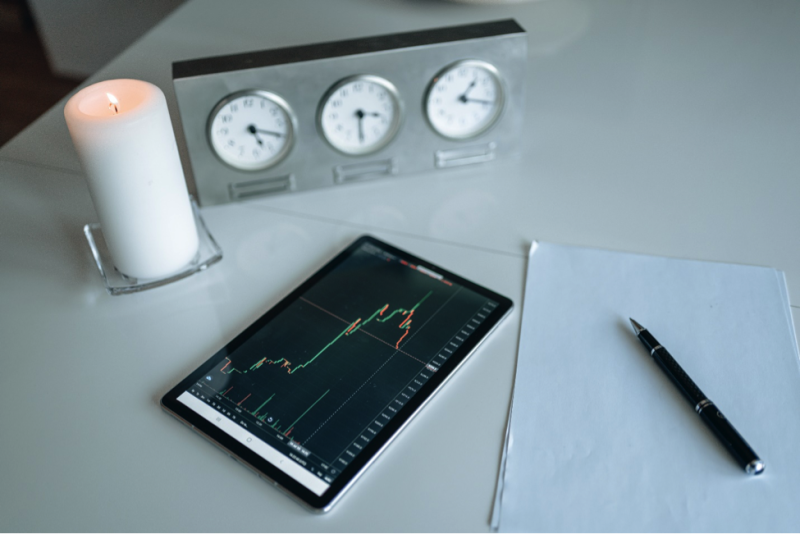
A trading journal is also useful for recording your entry and exit positions. This will help you when you are reviewing both your winning trades and losing trades to assess your past performance. However, past performance is not necessarily indicative of future results as markets keep on changing.
Experienced traders carry out technical analysis to establish whether a trading method was a success over an extended period and for a particular investment. To do this they must have recorded all their past trades in a journal of some sort.
Also Read: How To Make The Best Of A Trading Journal
6. Patience and Resilience
As you may already know, trading is not a walk in the park, at least not for most of us. Therefore, you should understand that developing a trading edge may take a while. You will need to learn and unlearn many strategies and trading methods before you find your edge.
The most important thing is to keep on improving and educating yourself on how the market behaves, i.e., a bull market will behave differently from a bear market. To do this keep up with the market data and market psychology.

In the long run, it is best to try to understand your trading style in depth i.e., whether you are a day trader, scalper, fundamental trader, or technical trader. Understanding these will put you a step closer to figuring out your trading edge.
Closing Thoughts
Having a trading edge is important in multiple ways. Generally, it will help ground you as a trader and ensure that you are a profitable trader. One of the key takeaways is that having a trading edge will put you a step closer to trading success.
The bottom line is to have a strategy or style that has a positive expectancy and high win rate for all your trades. However, do not spend all your time trying to figure out your trading edge because frankly you just might never figure it out. It is a never-ending chase.
It is also important to note that sometimes a trading edge will only last for a short period. This is mostly because financial markets are dynamic and change as traders continue to grow their skills. Therefore, there is the need to keep on trying to figure out a better trading edge.
FAQs
Do I need an edge while day trading?
Yes, however good your trading strategies are, while day trading, it is important to have an edge over other day traders. Discretionary traders aim to have an edge as they understand that the capital (money) used to trade is an investment that should payback.
Should new traders have an edge?
Yes, new traders need an edge the same way that professional traders need one. However, if you just started trading, it makes the most sense that you should start with learning the basics. This will help you avoid losing money and increase your general win rate.


